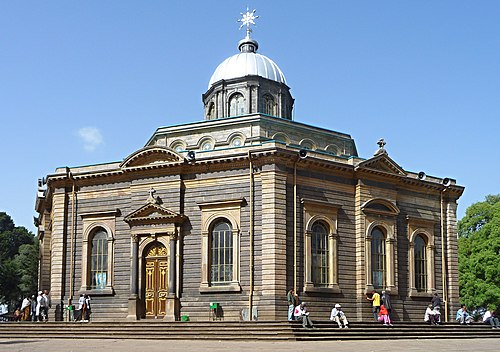- Queen Elizabeth street, Kebena
- contact@atronsethiopiatours.com
Addis Ababa
- Home
- Addis Ababa
National Museum of Ethiopia
The National Museum of Ethiopia stands as a testament to the country's deep and ancient roots in human history. As the proud home of Lucy (locally known as Dinknesh) one of the oldest and most complete hominid fossils ever discovered the museum takes visitors on a journey through time. Its rich collection includes prehistoric tools, sculptures, royal regalia, and traditional artifacts from Ethiopia’s many ethnic groups. Beyond archaeology, the museum features Ethiopian art, ranging from ancient religious icons to contemporary paintings, reflecting the country's evolving identity. Whether you're a history buff, art lover, or curious traveler, the museum offers a captivating and educational experience that ties Ethiopia’s past to its present.
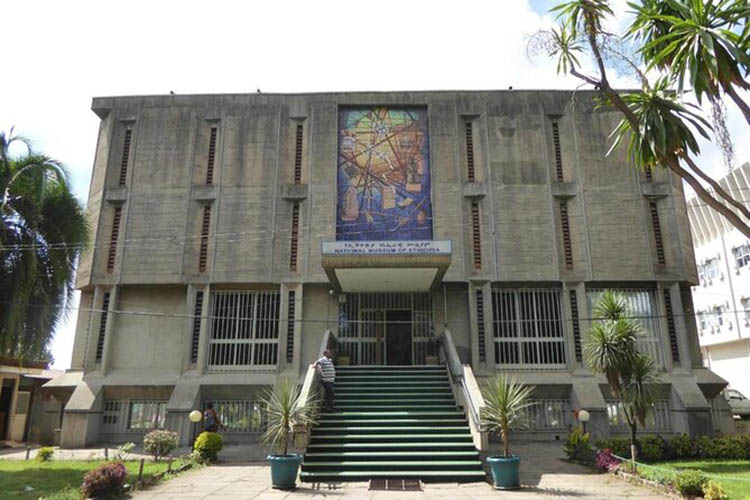
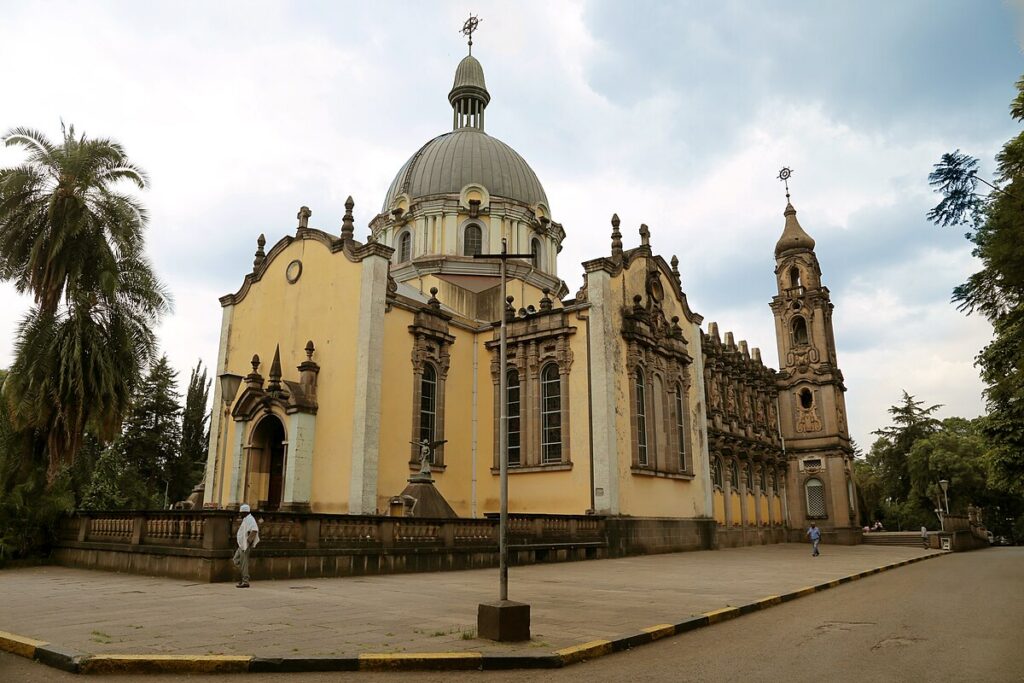
Holy Trinity Cathedral
Regarded as one of the most significant religious sites in Ethiopia, Holy Trinity Cathedral is not only a place of worship but a symbol of national pride and resilience. Built to commemorate Ethiopia’s victory over Italian occupation, the cathedral is the final resting place of Emperor Haile Selassie I and Empress Menen Asfaw. Inside, its architecture reflects a blend of European and Ethiopian styles, adorned with stained glass windows that depict biblical scenes and pivotal moments in Ethiopian history. Visitors can explore the adjoining cemetery where notable patriots and public figures are buried. The serene atmosphere, powerful symbolism, and historical context make Holy Trinity Cathedral a profound stop for understanding Ethiopia's spiritual and political journey.
Entoto Hills & Entoto Maryam Church
Towering above Addis Ababa, the Entoto Hills offer a refreshing escape from the city bustle, with breathtaking views and eucalyptus forests that blanket the mountainside. Historically, Entoto was the first capital of modern Ethiopia under Emperor Menelik II, and it was from here that he made the decision to move the capital to the lower, more temperate grounds of present-day Addis Ababa. Visitors can tour Entoto Maryam Church, one of the oldest churches in the region, and Menelik's original palace. The area is also home to the Entoto Observatory and Research Center. Whether you're visiting for the scenery, the history, or a sense of spiritual peace, Entoto is a destination that combines all three beautifully.
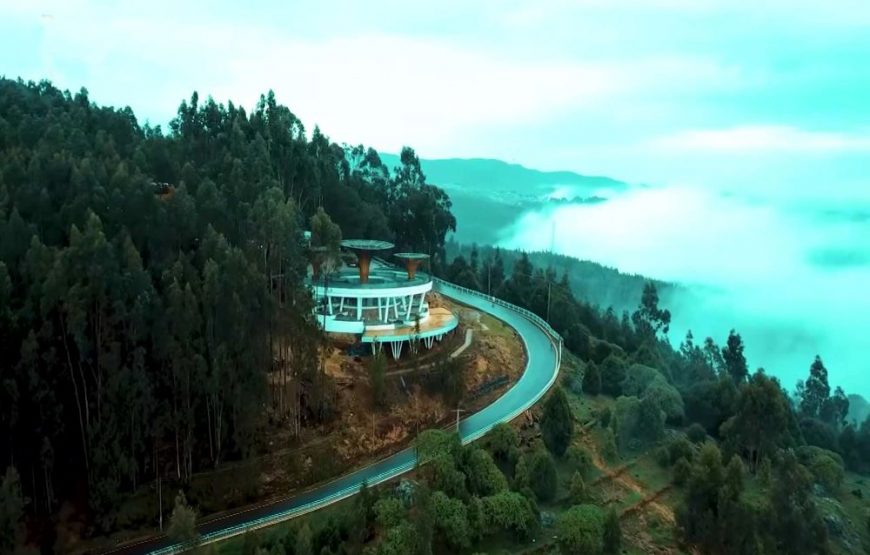
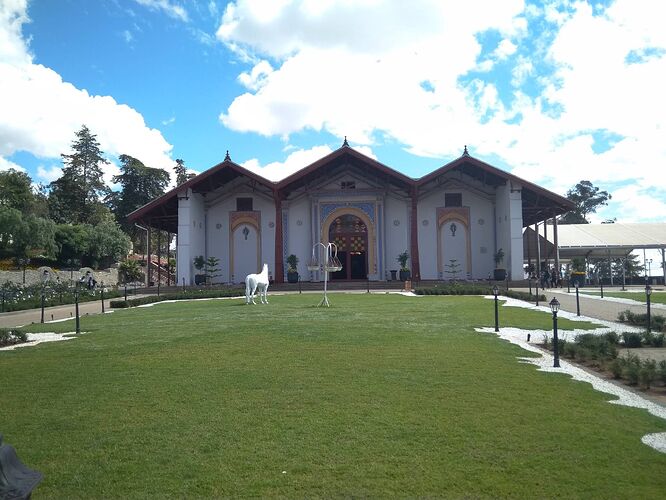
Unity Park
Located within the historic Grand Palace compound, Unity Park is a remarkable initiative that opens the gates of Ethiopia’s imperial past to the public. Spanning several hectares, the park is a meticulously restored site featuring Menelik II’s palace, lush botanical gardens, a zoo, cultural pavilions, and historical museums. It offers a unique blend of Ethiopia’s royal heritage, natural beauty, and national identity. Visitors can see the Emperor’s throne, traditional royal garments, and centuries-old manuscripts, all while walking among beautifully landscaped grounds. Unity Park also reflects a message of harmony and national unity, showcasing Ethiopia’s cultural diversity and collective memory in a modern, family-friendly environment.
Merkato (Addis Mercato)
Welcome to one of Africa’s largest open-air markets — Addis Merkato. More than just a shopping destination, Merkato is a living, breathing portrait of everyday Ethiopian life. Covering several square kilometers, it’s a chaotic, colorful, and vibrant hub of trade where you’ll find everything from traditional spices and handmade baskets to electronics, textiles, and local street food. The market is organized by sections, with dedicated zones for coffee beans, incense, recycled goods, and more. Walking through Merkato is an adventure — it’s loud, busy, and completely captivating. For visitors seeking an authentic taste of Addis Ababa's local culture and commerce, this is the heart of the city’s hustle and rhythm.
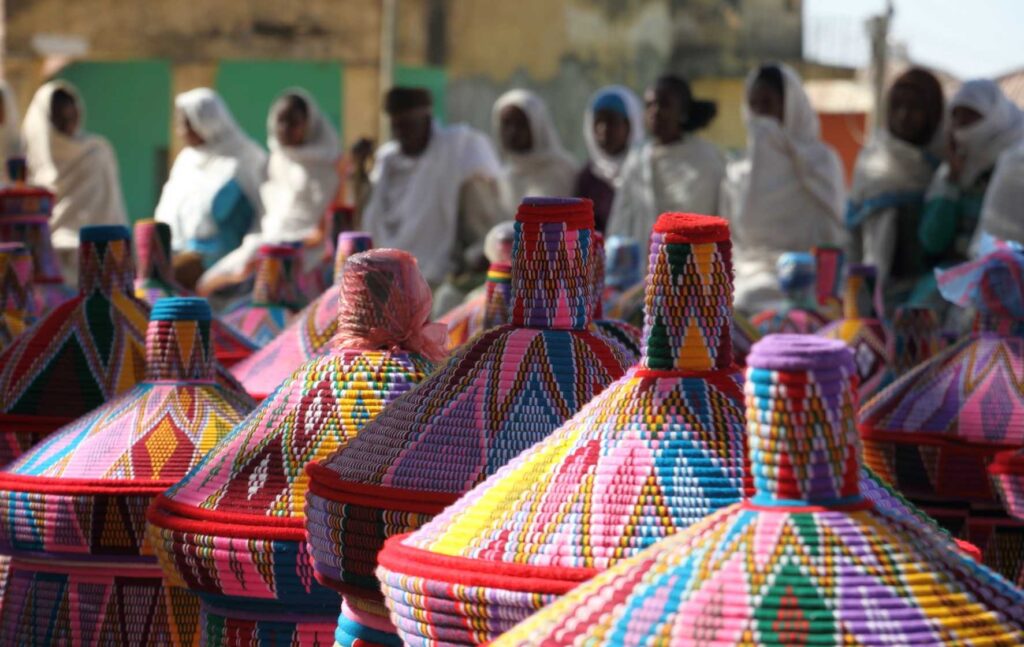
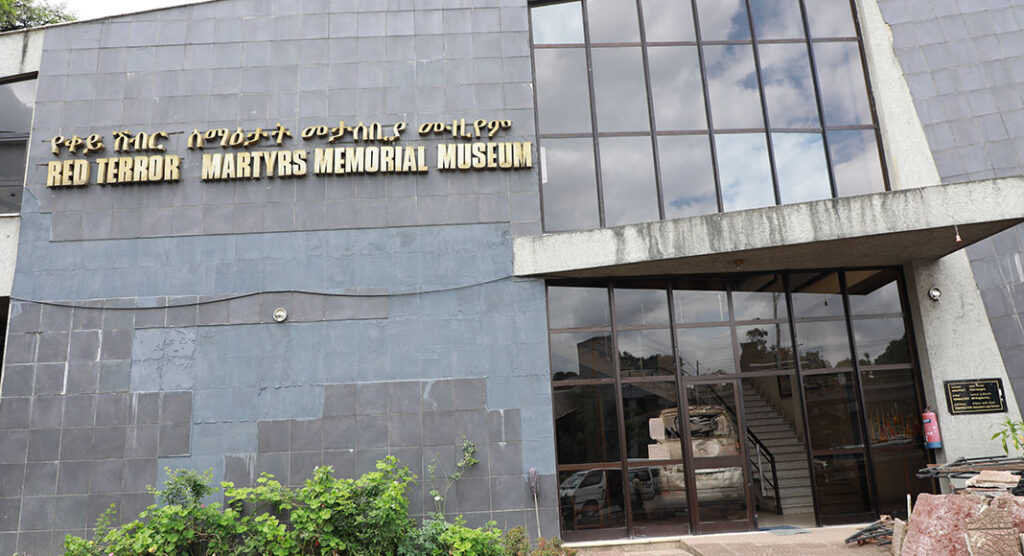
Red Terror Martyrs
This poignant museum tells the powerful story of the Red Terror — a brutal political repression carried out by the Derg regime in the 1970s. Through photographs, preserved artifacts, personal testimonies, and chilling displays, the museum honors the memory of thousands who lost their lives or suffered under the dictatorship. It offers a deeply moving and emotional experience, highlighting the importance of justice, human rights, and resilience. For those interested in Ethiopia’s modern political history, the museum provides both a solemn remembrance and an educational journey into one of the nation's darkest periods.
St. George Cathedral
Located in the heart of Addis Ababa, St. George Cathedral is an iconic religious and historical landmark. Built in 1896 to commemorate Ethiopia’s victory at the Battle of Adwa against Italian forces, the octagonal church is dedicated to the patron saint of Ethiopia, Saint George. The cathedral houses a museum that contains religious manuscripts, royal garments, and Ethiopian Orthodox treasures. It remains a center of active worship, especially during major Orthodox holidays. The exterior architecture, beautiful frescoes, and historical relevance make St. George Cathedral a must-see for those interested in both faith and Ethiopia’s legacy of independence.
